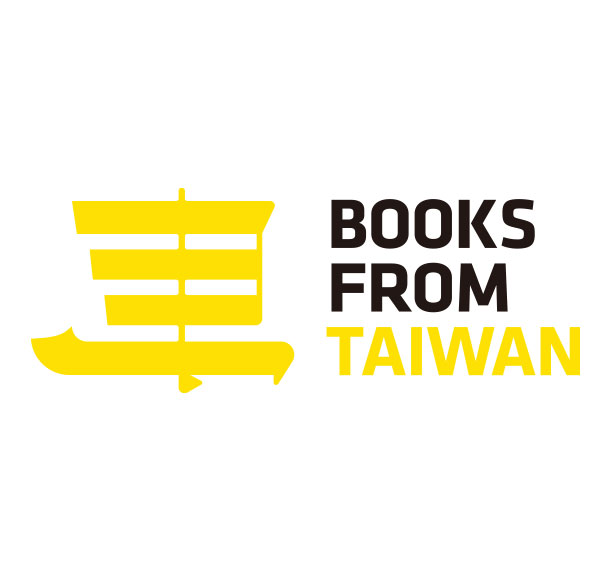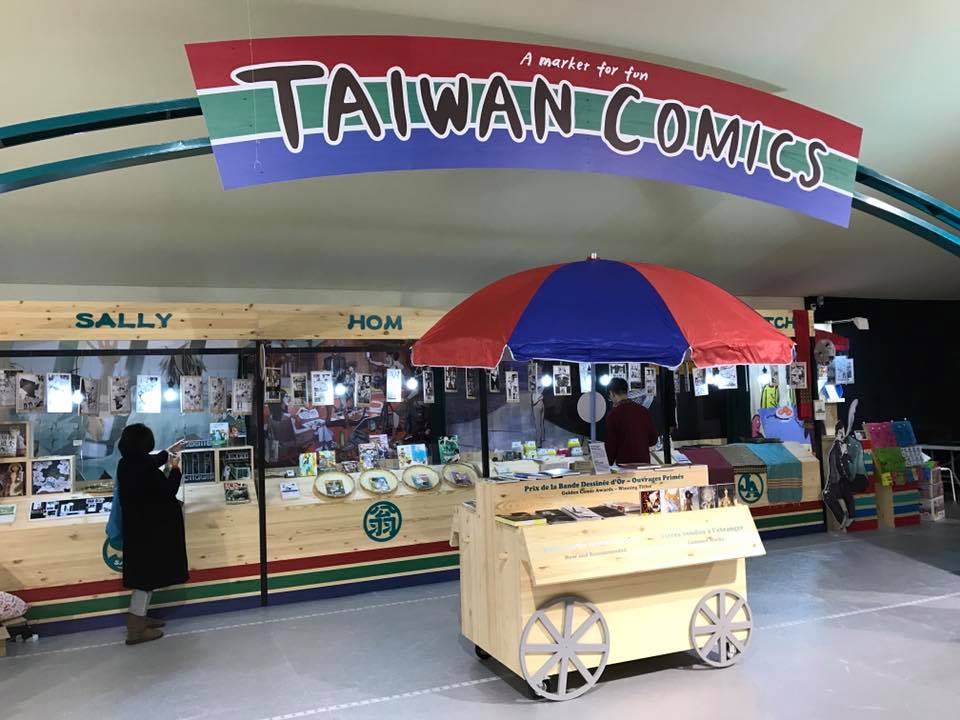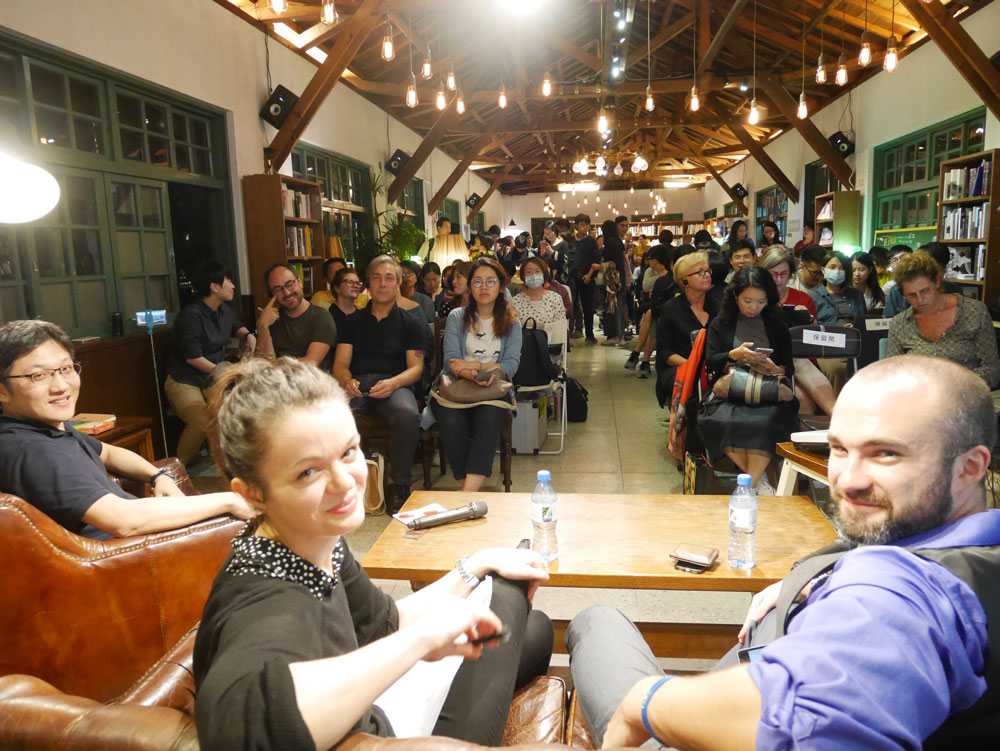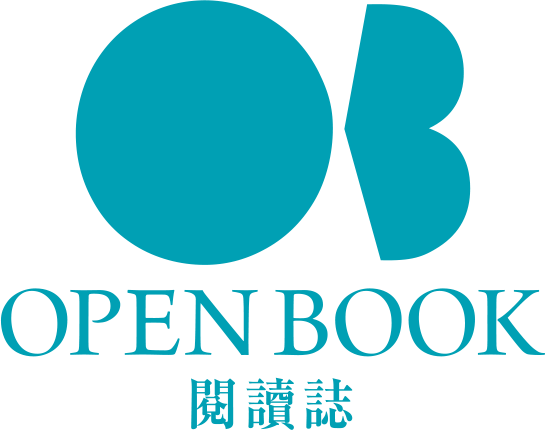The Taiwanese market for illustrated children’s titles has long been dominated by works in translation, yet years of productive collaboration between content creators and editors has also resulted in a number of domestic titles that have garnered international attention. Kao Ming-Mei, Editorial Director of Pace Publishing, was kind enough to accept an interview with Books from Taiwan to talk about her experience working in the field.
Pace Publishing boasts a strong list of domestic children’s titles to accompany their list of works in translation. Books from Taiwan featured two such Taiwanese titles, A Day in the Life of a Lighthouse and A Dinnertime Adventure, in Issues Six and Eight, respectively. Other domestic titles, like The Night Market and The Morning market, feature richly definitive aspects of Taiwanese culture.
After graduating from university with a degree in Russian, Kao Ming-Mei traveled to Japan to pursue graduate study in psychology. She completed a one-year fellowship as a foreign researcher at the International Institute for Children’s Literature in Ōsaka, during which time she researched the development of illustrated children’s literature in Japan as well as the children’s literacy movement. Over the course of her thirty years in the industry, she founded and served as Editor-in-Chief for Bennesse magazine, been Editor-in-Chief for Hsin-Yi Publishing House, and judged several rounds of the Hsin-Yi Children’s Literature Award, all while translating over twenty titles from English and Japanese. She is currently Editorial Director for Pace Publishing, an imprint of Book Republic, and has overseen the production of many prize-winning titles.
BFT: Out of all the domestic children’s titles you’ve read since you were a kid, which has had the deepest impression on you? What have you been reading recently?
I think The Mouse Bride, published by Yuan-Liou in 1992, has left the deepest impression on my memory. The story is smoothly laid out, and the illustrations are very mature. It won a prize at the Catalonia Illustrator’s Fair that year. It’s a wonderful book.
More recently, Chih-Yuan Chen’s Missing You, and The Stone Buddha by Yang Wen-Cheng and Higo have attracted my attention.
What, to your practiced eye, seem to be the unique characteristics of Taiwanese children’s titles? Do you see new trends in content and style happening over the past few years.
Domestic children’s titles have themselves become an increasing trend lately; not only are their numbers growing, their range of content and style is also diversifying significantly, even moving from specifically local concerns to more universalized life experiences. I think part of the reason our authors and illustrators have so much creative energy, and show such willingness to try different things involves our democratized society an increasing number of chances to interact with the outside world. Of course, when compared to content creators in countries with mature children’s book markets, it still seems clear that ours still need more time to explore, learn, and discover their own style.
BFT: You’re a veteran of international book expositions, and are certainly very familiar with the process of international rights sales. When you are meeting with foreign publishers, are there aspects of being on the sell-side that we should understand and learn from?
We slowly learned how to sell rights through the process of buying them. We have already caught up on the technical side of things, like preparing English materials, employing useful pitch techniques during meetings, doing follow-up work, and so on. But these are merely preparatory tools; having good books and a proactive, positive attitude are still the key. Good books give the editor confidence to go into a meeting with her head held high and ready to talk at length. Obviously, whether or not you make the sale depends on the buyer’s requirements, so learning about the other side’s needs and interests is also very important.
BFT: Do you have any interesting stories from your experience interacting with foreign colleagues at meetings or when talking about Taiwanese children’s books?
Speaking from recent memory, I think I would have to note the widespread positive reaction Pace Publishing has gotten everywhere to A Day in the Life of a Lighthouse. The artist depicts a full day in a harbor in vivid, thorough illustrations of boats, dykes, and passersby that show masterful command of light and shade. The seascape at Keelung inspired the art, and even though the book has no text, the similarities between harbors all around the world means that having no words is no obstacle; the common language of images can cross any boundary.
Another story comes from 2001, when Hsin-Yi published Chen Chih-Yuan’s On My Way to Buy Eggs. It’s the story of a little girl called Shau-yu, who goes out to help her father run errands. The streets and alleys she walks through could be called extremely “Taiwan” – the iron-grated windows, the mopeds by the roadside, the sheet metal houses and telephone poles had us worried at first that the scene would be so highly localized that foreign audiences wouldn’t accept it. Yet the English translation was very well received, and even received a mention on Publishers’ Weekly as one of the best children’s books of 2003. Clearly, everyone can relate to a story of a young child wandering aimlessly through the streets alone, and even though the story is clearly set in Taiwan, it can still call up childhood memories for readers all over the world.
BFT: Looking through Pace’s catalogue, one can find everything from children’s stories to non-fiction manga. It seems like Pace is seriously interested in trying new topics, and bringing new reading experiences to the market. If you were to compare publishing domestic titles to publishing titles through translation, where do you find the greatest challenges, and the greatest enjoyment?
The greatest challenge lies in working with the creator to conceptualize and produce an illustrated title that “only we can make.” And I have the most fun working with the author on illustration placement and figuring out the flow of the story. It’s a process that requires good communication and frequent experimentation. Some creators come to the table with a completed story in mind, which they can then easily put onto paper. Yet the vast majority of creators will run into bottlenecks that can be eased with an editor’s help. Sometimes you have to get into it and feel the creator’s frustration, while other times you have to stand a little farther off, and just give him some time. I have to place myself on the high ground so I can alter the process according to the unique characteristics of each creator and each work. “Literature is the symbol of depression,” as Kuriyagawa Hakuson once said, and the creation of an illustrated book is often as tortuous a process as it is enchanting.
BFT: As a book lover and long-time industry veteran, what are your hopes for domestic children’s literature? Are there any new experiments you still want to try?
Pace Publishing’s commitment to trying new content and styles springs from a desire to advance with the times. Society is constantly changing, and we need to keep trying new things and altering our process if we wish to produce work that new generations of children will like. And behind this immutable decision to keep changing are two points of faith that have carried me through all thirty years in children’s book publishing. I believe in developing a child’s sense of the beautiful, and in planting the seeds of truth, goodness, and beauty in their heart. I personally feel that the pursuit of truth, goodness, and beauty are the greatest goals one can have in life, and that they provide meaning to our existence. Some may find children’s books to be fake, since such beautiful, pure environments can’t possibly exist in the “real world.” But I think that real-world imperfection is the very reason that we should help children assimilate these goals into their value systems as early as possible through literature, that they may become a source of strength as those children grow up.
As regards my expectations for Taiwanese children’s literature, I hope that our content creators can continue to broaden their vision of the world, and make their stories more layered while still refining the visual artistic aspects of their craft.
BFT: Finally, are there any Taiwanese children’s illustrators or authors whom you’d like to introduce to the rest of the world?
Well, there are really too many of those – every book Pace publishes has my fullest confidence! If I absolutely had to pick one, I suppose I would recommend that everyone read Bei Lynn’s work. She commands a rich store of experience, and shows no fear of trying new things, yet she’s also powerfully self-aware, and can interpret and communicate new stimuli in her own language. She’s a creator who stays true to herself. She’s started to write poetry these past few years, and you can see the texts for her stories are always improving. For instance, if you take the text of Bubu the Frog Loves to Jump on its own and read it aloud, you’ll find a strong rhythm and resonance there. That makes it a new kind of illustrated story, and I really recommend you all read it.







